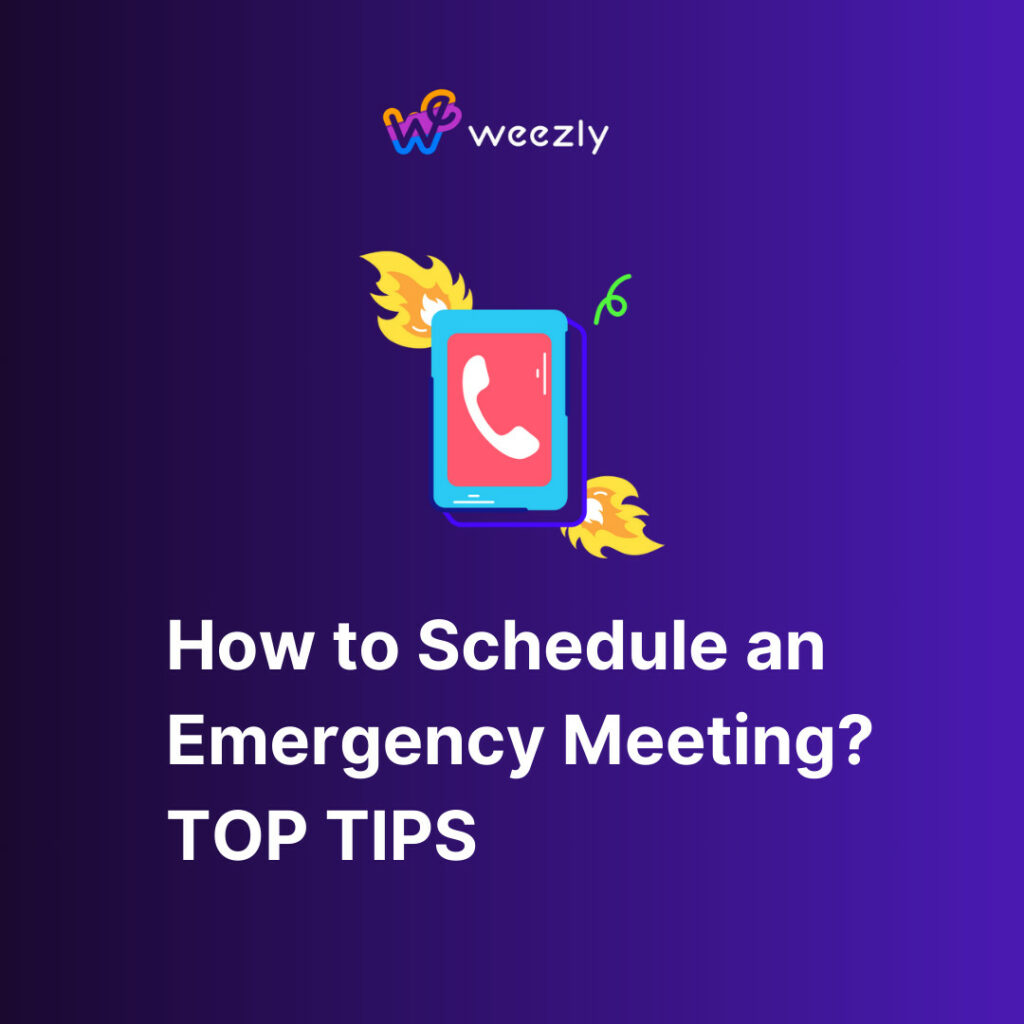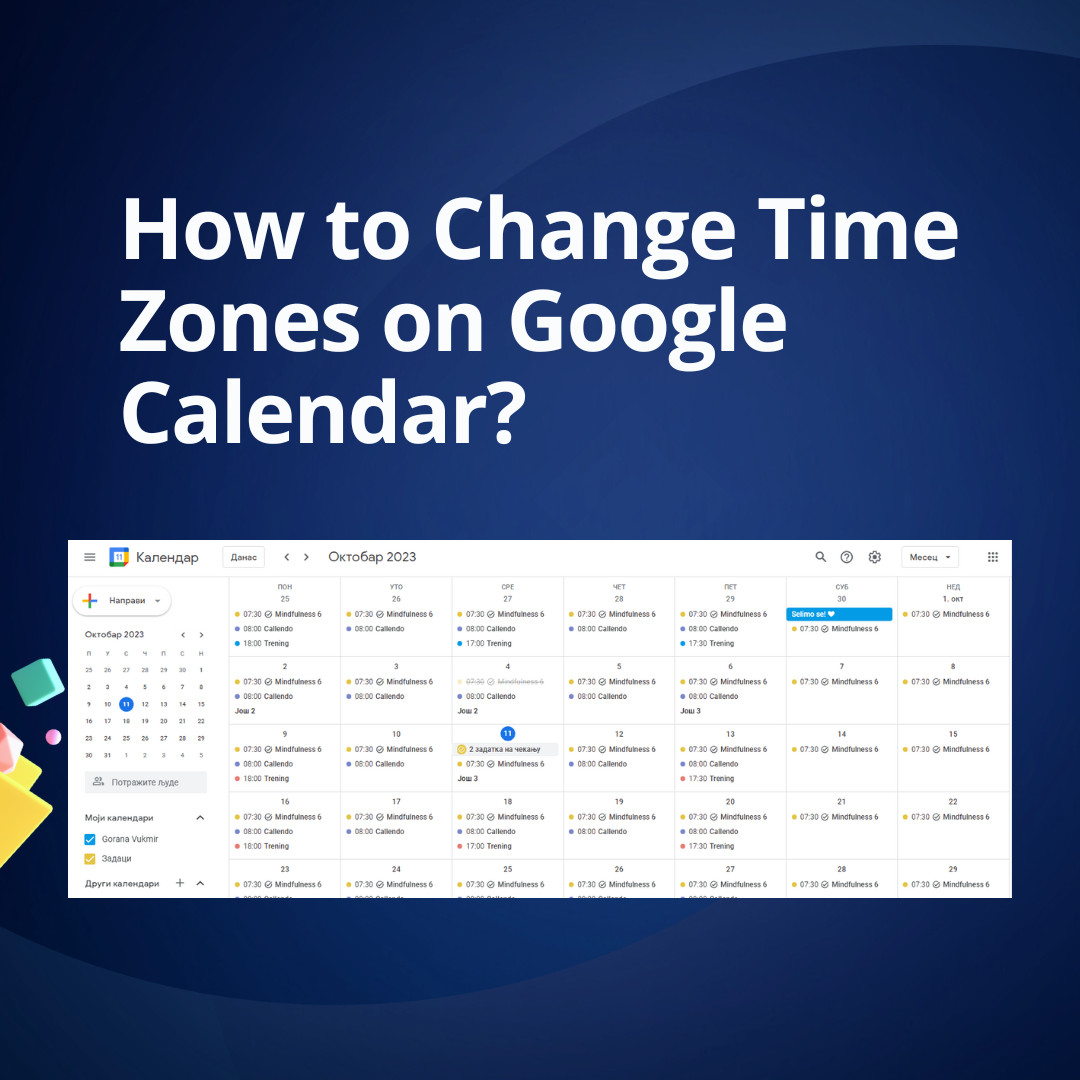The business world is unpredictable. Unexpected situations arise, and immediate decisions need to be made. During these times, scheduling an emergency meeting becomes crucial. In this blog post, we will delve deep into the various steps and top tips to effectively schedule an emergency meeting and ensure optimal results.

What Do We Mean By Emergency Meeting?
Before diving into the steps, let’s first understand what an emergency meeting is. An emergency meeting is a gathering called on short notice to address an urgent matter. Unlike regular meetings that are planned weeks or even months in advance, emergency meetings are scheduled due to unforeseen circumstances requiring immediate attention.
Here are some typical triggers for such meetings:
- Immediate Business Threats: A sudden competitor move or a regulatory change.
- Financial Issues: Unexpected losses, market changes, or investment opportunities.
- Personnel Matters: Sudden resignations or significant HR concerns.

Steps to Schedule an Emergency Meeting:
1. Determine the Urgency
Before rushing to organize a meeting, evaluate the urgency of the situation. Ask yourself:
- Is it a crisis that demands immediate action?
- Can it wait for a regularly scheduled meeting?
- How will delaying the decision impact the business?
- Will waiting a few hours or a day exacerbate the situation or make the resolution more difficult?
2. Define the Objective
Every meeting, especially an emergency one, should have a clear objective. Ask:
- What do we hope to achieve by the end of this meeting?
- What decisions need to be made?
Be Explicit, so veryone should know whether they’re brainstorming, problem-solving, decision-making, or merely being informed.
3. Choose the Right Participants
Not every member of the team may need to attend the emergency meeting. Involve only those who:
- Have a direct stake in the issue.
- Can provide valuable insights or solutions.
- Are decision-makers in the respective areas.
4. Decide on a Time
While it’s an emergency, it’s essential to pick a time that’s most likely to suit the majority. Consider:
- Time zones, if working with global teams.
- Pre-existing commitments of the participants.
5. Choose the Right Medium
Decide whether the meeting should be in-person, over a phone call, or through a video conference. Tools like Weezly (which we’ll dive into later) can be instrumental in such situations.
6. Set an Agenda
Though it’s a rush, setting a brief agenda ensures:
- Everyone knows the purpose.
- The meeting stays on track.
- Key points aren’t overlooked.
7. Send Out Invites
Once everything’s set, send out invites through email or team communication tools. Ensure to:
- Mention the objective.
- Attach the agenda.
- Provide details on the medium (like a video link or call-in number).
7 Top Tips for an Effective Emergency Meeting:
- Be Brief and Direct: As this is an emergency, avoid long introductions or irrelevant discussions. Stay on topic.
- Encourage Open Communication: Ensure everyone feels comfortable voicing their concerns and suggestions.
- Assign a Moderator: A person who ensures the meeting stays on track and that every voice is heard.
- Follow-Up: Once decisions are made, send a follow-up email summarizing the meeting and detailing the next steps.
- Notes: Have someone take detailed notes. This not only serves as a reference but ensures accountability.
- Feedback Loop: Post-meeting, gather feedback. This can help in refining the process for future emergencies.
- Test Tech in Advance: If using video conferencing or other tech, ensure it’s working before the meeting starts to avoid delays.
Weezly: The Gold Standard for Emergency Meeting Solutions
Weezly isn’t just another tool. It’s an emergency meeting powerhouse. Here’s a more detailed look:
- Instant Set-Up: Weezly understands the essence of time in emergencies, allowing for near-instantaneous meeting setups.
- Collaborative Tools: Features like real-time note-taking, screen sharing, and interactive polls make the process seamless.

- Flexibility: With Weezly, you can host video conferences, voice calls, and even chat-based discussions. This ensures that no matter where your team is, they can be a part of the solution.
- Ease of Use: Setting up a meeting with Weezly is quick and intuitive, a must for emergency situations.
- Integration with Other Tools: Weezly seamlessly integrates with calendars, email platforms, and task and project management tools, ensuring the post-meeting actions are streamlined.
Final Thoughts About Emergency Meetings
Emergency meetings, while stressful, are a crucial part of business dynamics. With the right approach and tools like Weezly at your disposal, you can ensure these meetings are productive and lead to actionable solutions.
While no one hopes for emergencies, being prepared can make all the difference. Remember, it’s not just about reacting but reacting smartly!





